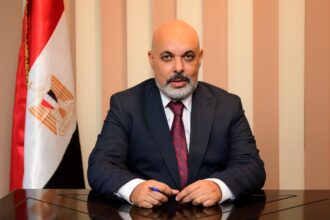The value of gold listed in foreign exchange reserves at the Central Bank of Egypt (CBE) rose by $62.7m to $2.702bn in November 2017, up from $2.64bn in October 2017 (M-O-M), making it the reason for the rise in foreign exchange reserves announced by the CBE.
On Monday, the CBE disclosed that foreign exchange reserves rose to $36.723bn at the end of November, from $36.703bn in October, marking an increase of $20m.
This is a historical record for the CBE, up by $0.5bn from its level prior to January 2011.
Mohamed Abdel Aal, a board member of the Suez Canal Bank, said that reserve growth is the most important factor of strength that reassures international institutions and financiers, as it proves Egypt’s ability to pay loans and their installments on time. It also reassures foreign and local investors that the currency price will remain stable, prospectively even improving.
He explained that the lesson here is that the sources of reserves are not what matters most. What is important is the feasibility of making reserves available to the CBE to use and their adequacy to meet the import demand for a period of no less than five months, along with the ability to pay loans and interest on debts.
According to CBE data, its foreign currency volume at the end of November declined by $28m M-O-M to $33.242bn from $33.270bn.
The value of Special Drawing Right (SDRs) listed on the reserves reached $753m from $766m M-O-M, while loans from the International Monetary Fund (IMF) reached $28m.
CBE Governor Tarek Amer said on Monday that the CBE paid $4bn to the African Export-Import Bank (Afreximbank) adding that another $1.2bn is set to be paid to the same bank before the end of December.
Egypt is waiting to receive a new $2bn portion of an IMF loan before the end of this month, as part of the $12bn loan agreement signed at the end of 2016. Egypt has since obtained $4bn of the loan.



